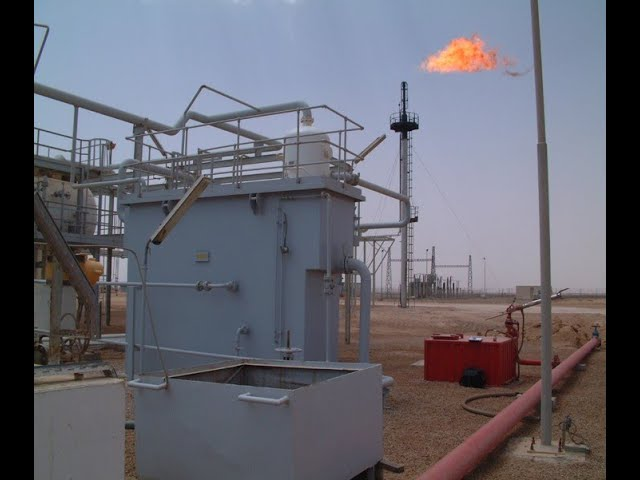Seafood Wastewater industry
Seafood Wastewater industry operations are often very high in Biochemical Oxygen Demand (BOD), Fat, Oil and Grease (FOG), and nitrogen content. BOD springs mainly from the butchering process and from general cleaning and nitrogen originates predominantly from the blood within the wastewater stream. it's difficult to generalize the magnitude of the matter caused by these wastewater streams because the impact depends on the strength of the affluent, the speed of discharge, and therefore the assimilatory capacity of the receiving water body. Nevertheless, key pollution parameters must be taken under consideration when determining the characteristics of wastewater and evaluating the efficiency of a seafood wastewater treatment system. This chapter discusses the parameters involved in the characterization of seafood wastewater and presents pre-treatment and the first treatment for seafood wastewater, which are the only operations to scale back contaminant...

